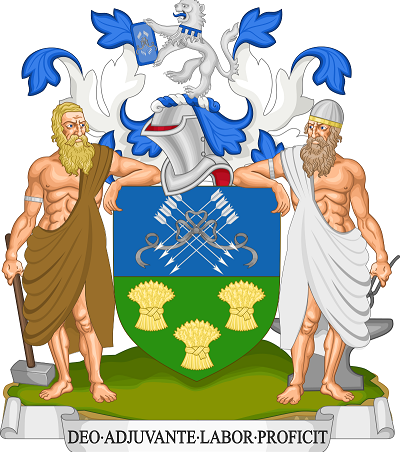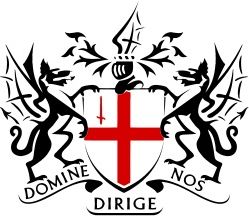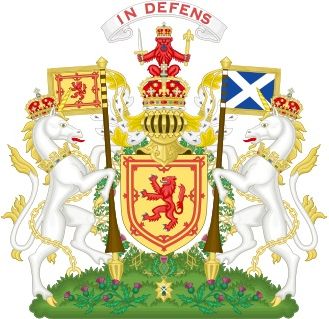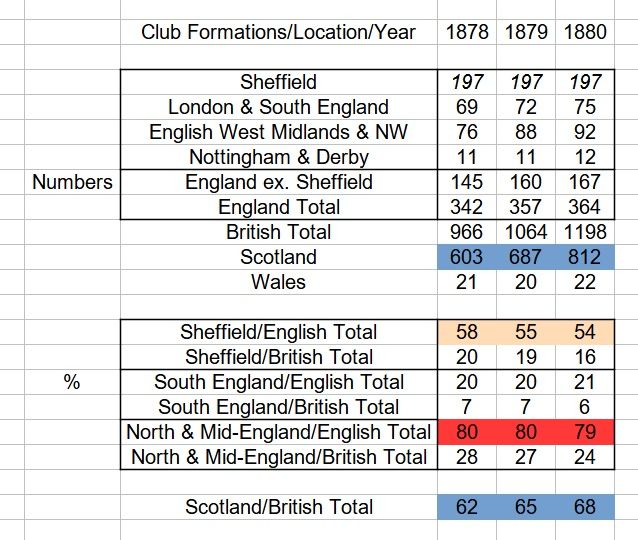
The Formation of Football
- A Calm Analysis of the Roles of Sheffield, wider England and of Scotland & Wales


In 1870 Scotland had more or less the same population as London - about 3.2 million. London was about 15% of the English total and each was about 11% of the total for Britain and Ireland, at that time, of course, the whole of Ireland. At that same time Sheffield had a population of about 280,000, so just over 1% of that same English total but in 1850 that had been 160,000. In other words the city had in twenty years had grown by 75%. In comparison Glasgow in 1880 had a population of 550,000, incidentally two thirds greater than Sheffield's, having risen from 400,000 two decades earlier and therefore grown by one third. And finally the population of Nottingham and its immediate surrounds in 1860 stood at about 105,000, increasing to 120,000 a decade later and 154,000 in 1880, so an increase of a half.
These four cities are spotlighted because organised football, as against the folk or mob-game, came to them early. Sheffield and London were probably the earliest, in 1857. In Nottingham it was 1862 and in Glasgow 1867, with other parts of our country earlier still, certainly in 1865, probably 1862 and perhaps even 1852.
However, that is not to say that the non-mob game did not exists in and around all four before those date, just as it did elsewhere. Individual groupings, Public schools, even "clubs", playing a "football" game that was in part recognisable as similar to the Association one, the "Soccer" we know today. But that self-contained individualism began to change. In Sheffield it was in 1860 with the formation of Hallam F.C., with both it and the still earlier Sheffield F.C. remarkably still in existence today. It had already done so in London in 1859 with the arrival of Crusaders and Forest, later to be known as The Wanderers. In Nottingham it would be in 1863 and would take place in Southern Scotland in 1865 and in Glasgow three years later. And that change became carved in stone with the arrival of "competitive" football in December 1860, once more in Sheffield, with the first meeting of the Sheffield and Hallam, the former winning two-nil, although it has to be said that in 1858 in an inter-school match, so not totally club, Forest had already met and beaten Chigwell, in London otherwise in 1863, in Nottingham in 1864 and in Scotland, presumably in 1865 with five teams in existence in Stranraer, and in Glasgow in 1868.
And with competition came the necessity of agreement on rules-of-play beyond that of the simply in-house or in the Public-school case inter-house with that process beginning in 1862 with the second iteration of the "Sheffield Rules", with little known of Nottingham Rules except their existence and that Sheffield Rules were also employed, followed in 1863 in London by the "London Rules" resulting from the formation that same year of the Football Association, the starting-point of our football today, and Queen's Park in Glasgow initially accepting London Rules with one variation on off-side, since reinstated in 1925, then agreeing from 1871 to accept them in their entirely with Scotland as a whole following suite from 1872/73.
Thus from four centres at slightly differing paces emerged two codes of the organised game with in addition in both London and Sheffield initially patterns both off- and on-field that were similar. Both conceptions were at the initiation of men of similar background, gentlemen certainly but the main figures in each, Crestwick in Sheffield and Morley in London, both non-Public-school lawyers and actually both Yorkshiremen. Whilst Morley stayed in London by then he had been born and brought up in Hull. And between each city, perhaps as a result, there was from the beginning cooperation, with during the 1860s London, if anything, reliant for support and example and riding on Sheffield as the latter in terms of numbers of games literally kicked on doubling club numbers from 1861 with the former following on with the same only from three or four seasons later; this as Nottingham also looked to the Steel City as it quietly, similarly expanded it presence from 1869.
And initially it was football in Sheffield, "Sheffield Rules", not London and England's South East where the game was really to take hold. Between 1867 and 1871 the number of clubs by new formation in the former doubled and by 1874 doubled again, whereas London's increase in both cases was half as much. The result was the Yorkshire city's proportion of clubs in England rose from half to 60% as the London and its environs dropped near enough from 30% to 20%, (see the table below) figures which look even worse when using the, admittedly somewhat crude, comparison of one team per 2,000 Northerners to one per 70,000+ Southerners. On these bases it might quite naturally be assumed that Sheffield and its rules might sweep aside all alternatives, not least because both the East Midland- with the now expanding West Midland-game seemingly happy to accept the apparent inevitable.

Yet it never happened and for two reasons. The first was Scotland. On the last day of November 1872, St. Andrew's Day, Scotland played England in Glasgow. It was, with England expected to win so against expectations, a drawn-game. But it created considerable excitement, which added to that already resulting from Glasgow's Queen's Park having reached the semi-final of the very first playing of the FA in London's Challenge Cup, travelling to the English capital also to draw but being unable to find the money to make the replay. That along with some clever promotion of the game, again by Queen's Park notably in Dunbartonshire's Vale of Leven, led to the formation in 1872/3 of several new clubs in and around Glasgow, of the Scottish FA and by the autumn of still 1873 the creation of the SFA's own Challenge Cup.
The Scottish Cup's first playing would see fourteen participants, its next twenty-five and the one after that forty-nine. Growth was literally exponential. And in the wider country, until 1877 the Central Belt, the cumulative total of club formations would increase from seventy-eight in 1873-4 to five hundred and six in 1877-8. The game exploded into Scottish, indeed into British life. Already by 1876, even as the Scots game was exported to Wales, more than 50% of new clubs nationally had been or were Scots. In 1877 that figure was almost 70% and by 1880, as already the Scots game had also reached Ireland, almost 80%. Again in crude per head terms that was one club every 4,500 of us nationwide but, since the game had not really extended much beyond the Central Belt, probably more accurately one per 3,000.

But note, even the Scottish 1/3,000 still does not compare, and by some margin, with its equivalent Sheffield. Moreover, the SFA and the Scottish game as a whole was in any case compliant, when it came to rules. Who is to say that had a decision Down South been taken replace London with Sheffield Rules Scotland would not have agreed,. This was particularly so as the differences between the two codes had and would narrow mainly by the adoption of changes from the latter, which leads to reason number two. By 1874 the leadership of both the Sheffield FA, founded in 1868, and the FA in London had changed. In both cases the lawyers had gone, replaced in the latter by Public-school boys and in the former by what even from this distance time-wise and across The Border look like "politicians" and social-climbers. The result was that the Sheffield leadership appear first to have bowed both politically and perhaps socially to London with the Sheffield clubs then arguing amongst themselves and thus weakening through schism their national positions off-field to the point of near irrelevance and eventually their on-field one too. The Sheffield-game failed to become the English one and with the Southern English variant failing repeatedly when faced by Scotland it was the still developing Scots-version and later the Scotch Professors that filled the void. In fact from 1877, it would appear that over the next decade and a half more Scots would be awarded England caps than "Steelmen".
Back to the SFHG Home page